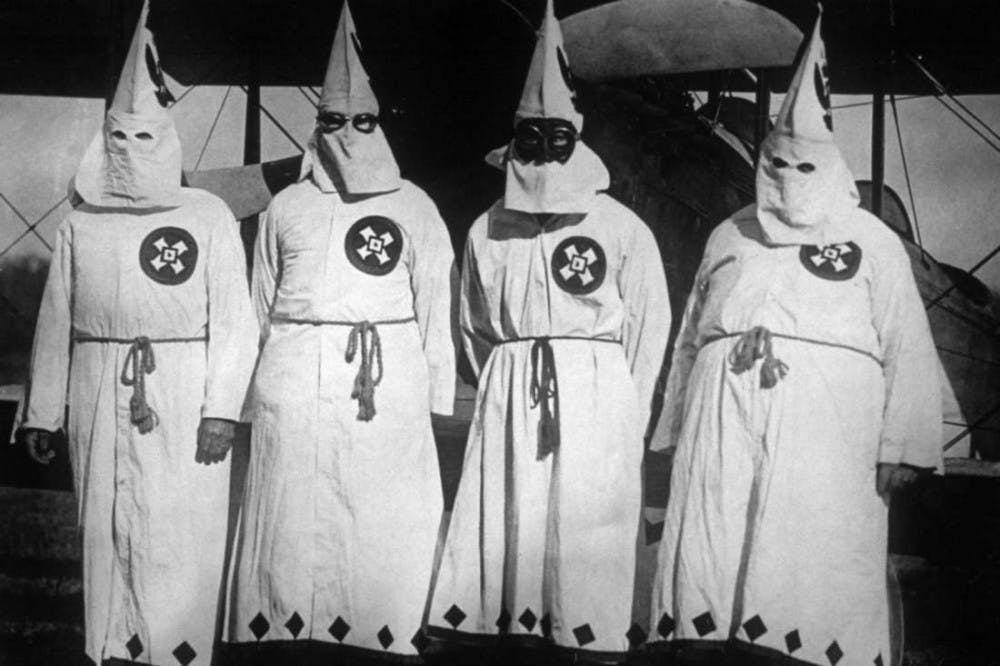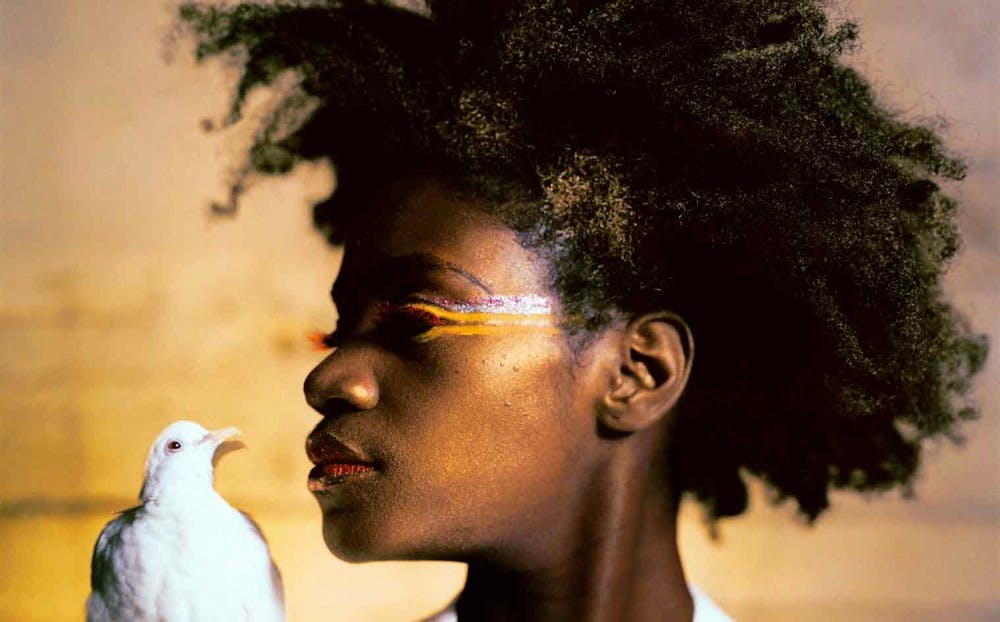Representation is important. This is a simple statement but an often ignored fact. People are judged more harshly based on stereotypes presented on screen. An article posted by The Guardian elaborates on this idea:
“These portrayals, constantly reinforced in print media, on television, the internet, fiction shows, print advertising and video games, shape public views of and attitudes toward men of color. They not only help create barriers to advancement within our society, but also “make these positions seem natural and inevitable”
So obviously media portrayals can have a substantial impact on how African Americans are viewed by other races, but how do these stereotypes, often perpetuated by white people, impact African Americans themselves?
This is the premise of Thomas Allen Harris’ documentary, Through a Lens Darkly. The film is incredibly upfront in detailing the misrepresentation of African Americans by white artists and doesn’t shy away from showing the negative impacts of these depictions.

Image from Mental Floss
But for African Americans, or any minority group, these negative portrayals can carry a different, equally dangerous meaning. The article in the 71st volume of the Journal of Social Issues titled "Where We Have Been and Where We Can Go From Here: Looking to the Future in Research on Media, Race, and Ethnicity" tells us that “...Both the systematic underrepresentation as well as the abundance of stereotypical representations of racial/ethnic groups in the media have detrimental effects on the depicted groups’ psychological well-being; increasing their feelings of self-consciousness and harming their collective self-esteem.”
While a good chunk of the documentary discusses the importance of representation, even more impressive is that the film gives African American photographers a platform to show their work and talk about their experiences. It puts the power of representation back into the hands of the people being represented.
To put it simply, this is an incredibly important film. Zeba Blay describes the it’s importance eloquently in her review for Indiewire:
It shows us the disturbing lynch photographs and minstrel illustrations in all their startling, horrific detail. But it also counterbalances them with countless photos of black people by black people, pictures from family albums all the way to the professional work of some of the most seminal black photographers in America. There’s an understanding that the lynch photos, the regal pictures of Booker T. Washington and Sojourner Truth, the images of Carrie Mae Weems staring straight into the camera in her Kitchen Table Series, all lie on a continuum. They’re happening now. And its through these images we’re privy to a secret history of the black photographer and the black subject, a history reaching far back into the past and shining a light on those who paved the way for everyone, all of us, to affirm our own identities through the images we take of ourselves and each other.
For such an important topic, this film really should be a staple in film courses, but alas I rarely hear it talked about. Now, you may wonder what the big deal is. We know stereotypes exist, but we rarely give the subjects these stereotypes are based off a voice to define their own images. The article from Stanford, Portrayal of Minorities in the Film, Media and Entertainment Industries leaves us with a clear warning about representation,
“These stereotypes and misconceptions become ingrained in the psyche of American children, they become self-perpetuating. Being unable to combat the effects of this phenomenon, we could essentially create an environment that is every bit as hostile as Jim Crow America and the segregated South. Granted these are extremes, but without changes in the media there is the plausibility of such a disaster.”
If we want to fight racism and prejudice, we have to also fight stereotypes. It seems the best place to start is by actually giving people a voice, a chance to represent themselves. Can we please start doing that?
Honestly, the film has so many great personal experiences and perspectives to offer, the best recommendation I can give is to go watch the film. It’s definitely an eye opening experience.
Be sure to check back next week as we cover another one of my favorite (but incredibly long) documentaries, Spike Lee’s three parter, When the Levees Broke.
Sources: Stanford University, IndieWire, Thought Catalogue, The Guardian
Images: YouTube, Mental Floss, Film Forum
For more entertainment related content, visit us at Byte Bsu!



















